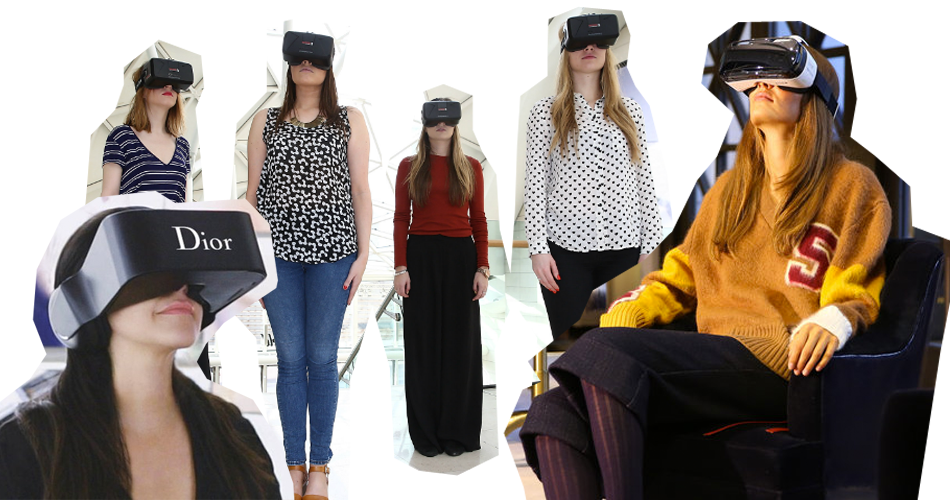In 2024, virtual reality (VR) fashion shows are revolutionizing the way designers showcase their collections, offering an immersive and innovative experience that transcends traditional runway presentations. This blog post explores the emergence of VR fashion shows, their impact on the fashion industry, and how they are reshaping the experience of fashion for designers, models, and audiences alike.
The Digital Transformation of the Runway
VR fashion shows represent a significant shift in the fashion industry, blending cutting-edge technology with creative expression to redefine the runway experience.
1. The Rise of VR in Fashion
- Introduction to VR Fashion Shows: Explain what VR fashion shows are and how they differ from traditional runway shows.
- Technological Advancements: Discuss the technological advancements that have made VR fashion shows possible and their implications for the industry.
2. Benefits of VR Fashion Shows
- Global Accessibility: Highlight how VR fashion shows can be accessed by a global audience, removing geographical limitations.
- Creative Possibilities: Explore the creative possibilities that VR offers designers, allowing for more experimental and avant-garde presentations.
3. Impact on Designers and Brands
- New Avenues for Designers: Discuss how VR fashion shows provide new avenues for designers to showcase their work, especially for emerging talents with limited resources.
- Brand Engagement and Marketing: Consider how brands can use VR fashion shows as a tool for engagement and innovative marketing.
4. The Audience Experience
- Immersive Viewing Experience: Describe the immersive experience of attending a VR fashion show and how it differs from watching a traditional runway show.
- Interactivity and Engagement: Discuss the potential for interactivity and audience engagement in VR fashion shows.
5. Sustainability and Cost-Effectiveness
- Reducing Environmental Impact: Address how VR fashion shows can reduce the environmental impact associated with traditional shows, such as travel and physical set construction.
- Cost-Effective Solutions: Explore the cost-effectiveness of VR fashion shows for designers and brands.
6. Challenges and Considerations
- Technological Barriers: Discuss the technological barriers and challenges that might impact the adoption of VR fashion shows.
- Authenticity and Connection: Consider the challenges of maintaining authenticity and emotional connection in a virtual environment.
7. The Future of Fashion Presentations
- Predicting Future Trends: Offer predictions on how VR technology might continue to evolve and impact fashion presentations.
- Blending Physical and Virtual Elements: Contemplate the future of fashion shows as a blend of physical and virtual elements, offering a hybrid experience.
Virtual reality fashion shows in 2024 are at the forefront of technological innovation in the fashion industry, offering new ways to experience and engage with fashion. As technology continues to evolve, VR fashion shows promise to transform the traditional runway, making fashion more accessible, sustainable, and creatively boundless.

